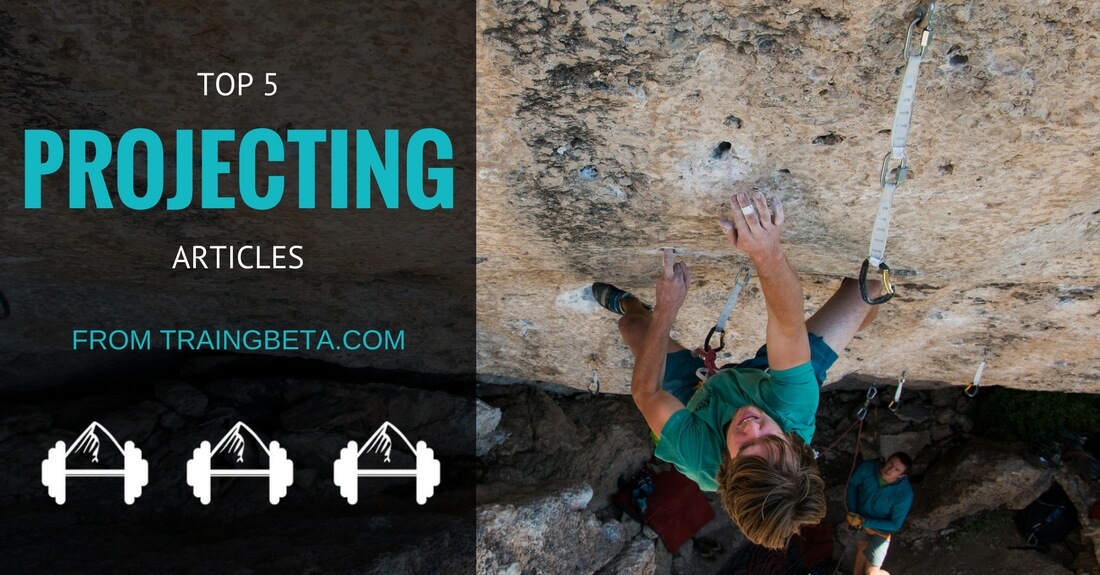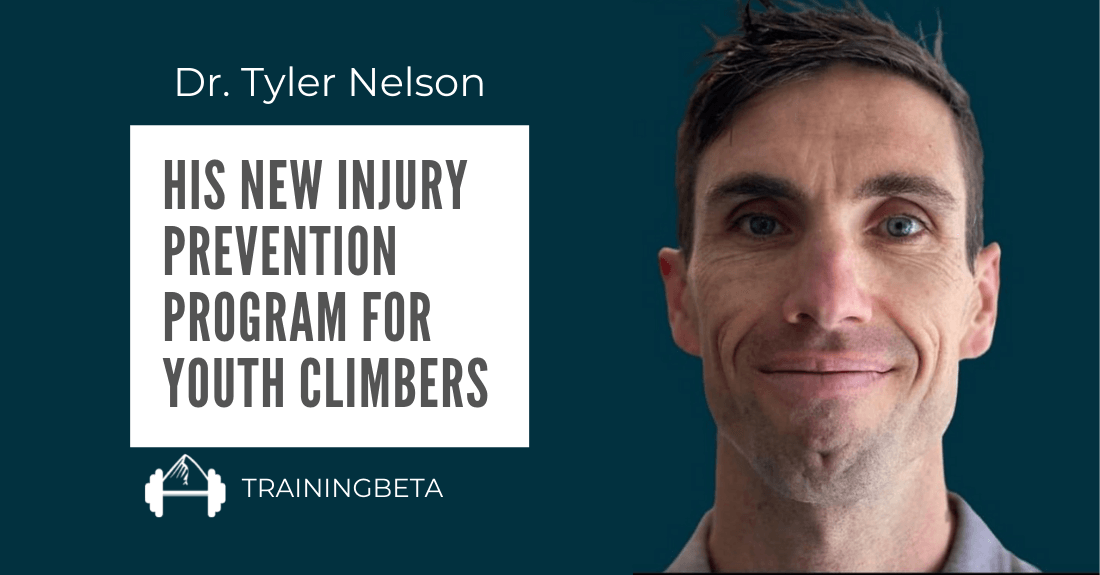Whether you’re a sport climber, a boulder, or a trad climber, climbing your hardest is going to require projecting. Although projecting looks a little different on routes and boulders, the most important thing to remember is that it’s both a mental and physical process.
Additionally, projecting is something that we can practice and improve at. If we look at things closely, the best climbers in the world don’t just send at their limit because they are stronger than the rest of us. They have also been able to master the projecting process. Ultimately, no matter what level you climb at, doing something at your limit will require you to engage this process.
Below are the top 5 projecting articles from the TrainingBeta Blog. If you’ve never projected before, these articles will give you an idea of how to begin engaging this process. If you’re a seasoned projecting veteran, these articles can help you further refine your process. Afterall, those of us who have been through the projecting battle before know that it’s often the smallest details and changes that can mean the difference between sending and failure.
Top 5 Projecting Articles
-
Evening Sends – Tips for Redpointing
- “Projecting makes you a better a climber. It really does. Not only that, but the process of working a route can reveal certain strengths and weaknesses that you don’t see elsewhere. Eventually, this becomes the point of the rather pointless exercise called sport climbing. Stick with it, even when it sucks, and take comfort in knowing that climbing becomes difficult for everyone at some level. That’s what we’re here for. There’s nothing to be learned from the easy path. The point is finding your limit and then pushing it. If working a route feels like work, that’s because it is. But nobody ever died from a little hard work, so let’s get into the tactics that will help you combat the colossal forces impending the long journey to a successful redpoint.” – Andrew Bisharat
-
Tips for Effective Redpointing
- “Either way, effective projecting requires a thoughtful, strategic approach to solving the crux moves, connecting the sequences, and developing a belief that you can send the route. Here are ten do’s and don’ts to working—and succeeding—on your projects!” – Eric Hörst
-
Dan Mirsky – The Projecting Process
- “Sending hard is not just about being strong; it’s also about being smart. Think of your strength and energy as a precious and limited resource. To give yourself the best chance of success, you need to allocate your limited resources in the most effective way possible. Being efficient and economical pays off! Below is an outline of strategies that I have developed and learned over my years of trying hard routes.” – Dan Mirsky
-
The Process of Projecting by Jamie Emerson
-
“I take the time to think carefully about my beta. What works? What doesn’t? What can I do to get myself up the rock? I try to be open to new and radical ideas. Hard projects for me are about problem solving, and I never stop thinking about how I can improve my beta. How can I do it better? More efficiently? Why am I not doing some moves? Are there ways to make the moves I am doing better?” – Jamie Emerson
-
-
Bill Ramsey: The Day I Sent Golden (5.14b)
- “Going through the process of discerning exactly what physiological, psychological, and skill transformations need to occur for success on a particular climb, and then contriving and implementing a strategy that will create those transformations—that process for me has always been one of the most fulfilling aspects of sport.” – Bill Ramsey
Cover photo: Dalton Bunker projecting on at the Wild Iris before sending Genetic Drifter 5.14c; courtesy of Matt Pincus | @mpincus87




Leave A Comment